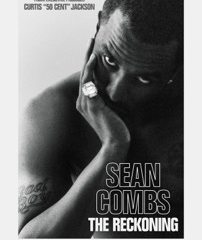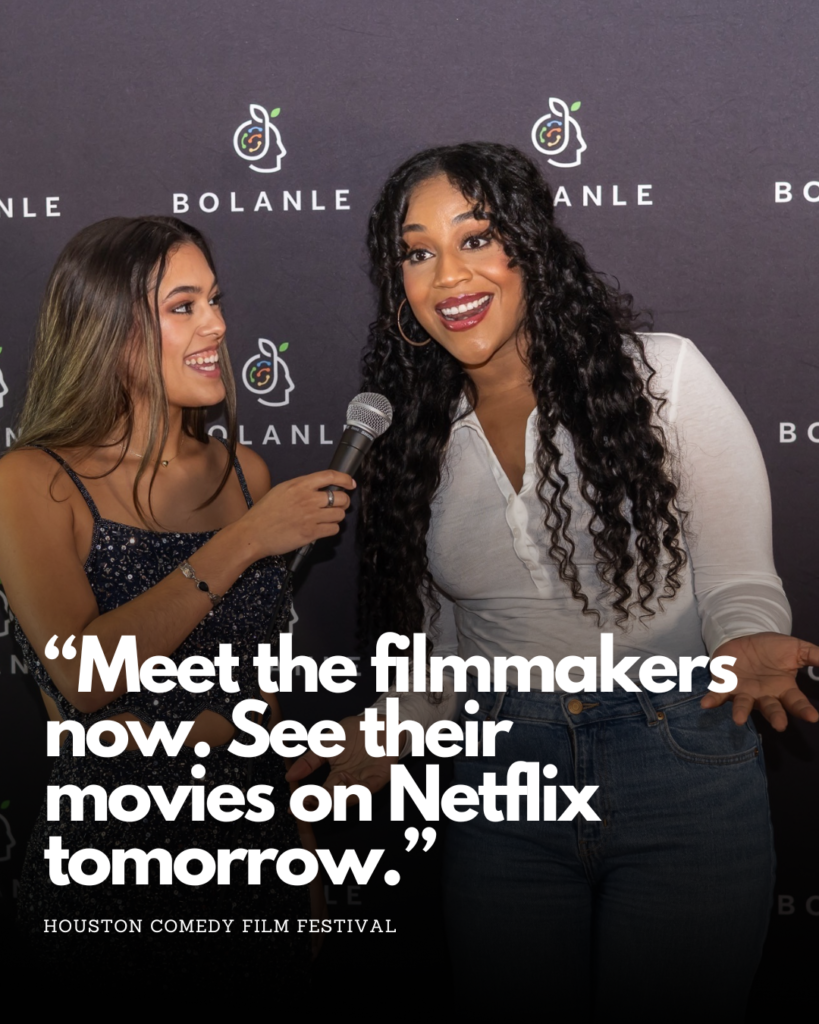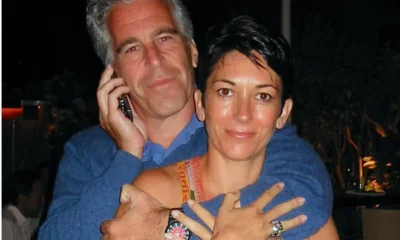Entertainment
How Outrage Became the Internet’s Most Powerful Currency

In the attention economy, being liked is no longer the primary goal for influencers, celebrities, or even politicians. Instead, being controversial—or outright hated—often drives more engagement, more views, and more profit. This phenomenon, known as rage bait, is now a central strategy for those seeking online visibility.

What Is Rage Bait?
Rage bait refers to content deliberately crafted to provoke strong negative reactions. It’s not about informing or entertaining; it’s about making viewers mad enough to comment, share, and keep the algorithm spinning. The more intense the emotion, the more likely the content will go viral.
Key Characteristics
- Intentional Provocation: Designed to spark outrage, not discussion.
- Formulaic Content: Many creators repeat the same controversial setups to reliably trigger reactions.
- Algorithmic Reward: Platforms prioritize engagement, regardless of whether it’s positive or negative.
Why Does Rage Bait Work?
1. Negativity Bias
Humans are hardwired to pay more attention to negative stimuli than positive ones. We remember insults more than compliments, and we’re more likely to stop scrolling for something that enrages us than something that soothes us.
2. Identity Signaling
When people comment on rage bait, they’re not just expressing disapproval—they’re signaling their values to their followers. Outrage becomes a form of self-expression and group identity.
3. Mob Mentality
The more people pile on, the more justified each individual feels. Outrage snowballs, turning individual reactions into viral momentum.
4. Algorithmic Amplification
Social media platforms don’t care why you engage—only that you do. Every comment, share, or stitch boosts the content, regardless of sentiment.

Examples Across Platforms
TikTok & Instagram
- Relationship Skits: Creators post staged videos of partners behaving badly, prompting waves of outrage and advice in the comments.
- Shock Value Stunts: Accounts like Butter Girl or staged “danger” scenarios (e.g., coyotes in the yard) rack up millions of views by provoking disbelief or concern.
- Product Promotion Disguised as Drama: Edible companies or other brands use “accidents” or “misadventures” to spark viral concern and curiosity.
Music & Pop Culture
- Controversial Lyrics and Imagery: Songs like “WAP” by Cardi B and Megan Thee Stallion, or Lil Nas X’s “Satan Shoes,” intentionally court backlash to fuel publicity and sales.
- Provocative Marketing: Sabrina Carpenter’s album covers, Gwyneth Paltrow’s “vagina candle,” and Lady Gaga’s meat dress all leverage outrage as a marketing tool.
Politics
- Ideological Rage Bait: Politicians such as Marjorie Taylor Greene, Donald Trump, and Andrew Tate use extreme statements to trigger backlash, solidify their base, and drive fundraising or brand growth.
- Cycle of Reaction: Outrage from opponents only strengthens their image as anti-establishment figures, fueling further engagement.
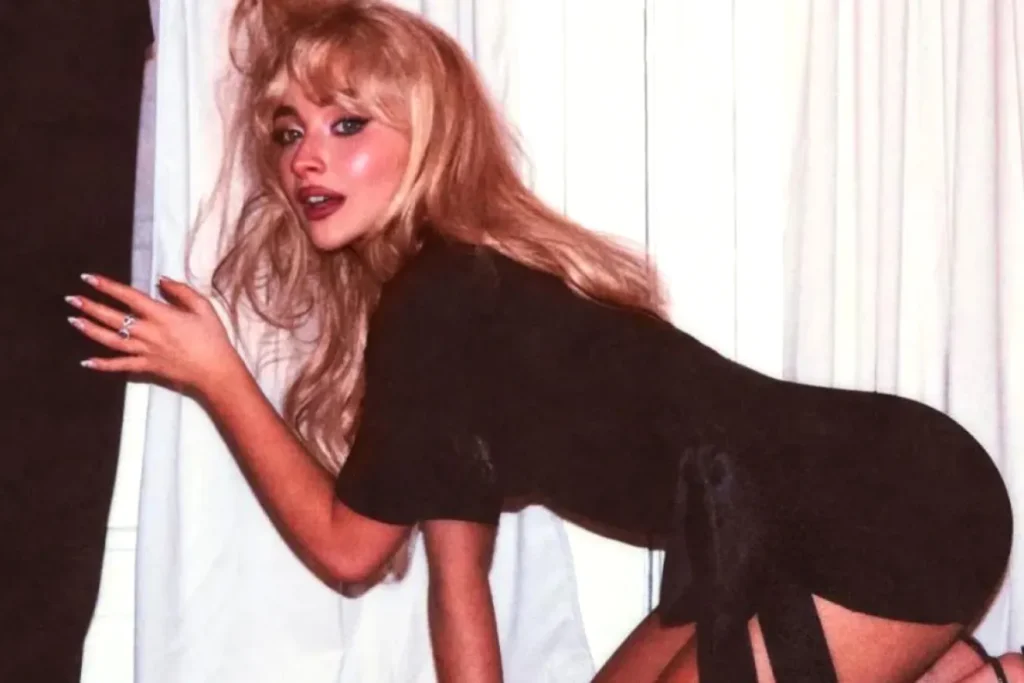
The Business of Outrage
| Tactic | Example | Outcome |
|---|---|---|
| Staged Relationship Drama | TikTok “mean husband” videos | Viral outrage, repeat engagement |
| Shock Stunts | Butter Girl, staged danger videos | Massive views, brand growth |
| Provocative Marketing | “Vagina candle,” “Satan Shoes” | Sold-out products, global headlines |
| Political Outrage | Vaccine mandate/Holocaust comparison | Fundraising spikes, media coverage |
The Consequences
1. Trust Erosion
Constant exposure to staged or exaggerated content makes audiences more skeptical, even of creators they once trusted.
2. Emotional Exhaustion
Living in a state of constant reaction—always on guard for the next provocation—can leave viewers feeling drained and cynical.
3. Cultural Shift
When hate and controversy are more lucrative than respect and authenticity, the internet becomes a stage for performances, not genuine connection.
4. Political Polarization
Rage bait paired with ideology can radicalize audiences, deepen divisions, and turn political discourse into a cycle of provocation and reaction.
How to Resist the Rage Bait Trap
- Pause Before Engaging: Consider whether a post is designed to provoke you before commenting or sharing.
- Check the Creator’s Page: Look for patterns—if every video is outrage bait, it’s likely a strategy, not reality.
- Question Headlines: Is this news or just clickbait?
- Value Your Attention: Remember, every reaction is a transaction. Decide what’s worth your time and energy.
Conclusion
Rage bait is a mirror reflecting what algorithms reward—and what audiences respond to. It doesn’t have to be fair, true, or positive. It just needs to get a reaction. By recognizing these patterns, you can choose when to engage and when to step back, reclaiming your attention in a world that profits from outrage.
Entertainment
What We Can Learn Inside 50 Cent’s Explosive Diddy Documentary: 5 Reasons You Should Watch

50 Cent’s new Netflix docuseries about Sean “Diddy” Combs is more than a headline-grabbing exposé; it is a meticulous breakdown of how power, celebrity, and silence can collide in the entertainment industry.
Across its episodes, the series traces Diddy’s rise, the allegations that followed him for years, and the shocking footage and testimonies now forcing a wider cultural reckoning.

1. It Chronicles Diddy’s Rise and Fall – And How Power Warps Reality
The docuseries follows Combs from hitmaker and business icon to a figure facing serious criminal conviction and public disgrace, mapping out decades of influence, branding, and behind-the-scenes behavior. Watching that arc shows how money, fame, and industry relationships can shield someone from scrutiny and delay accountability, even as disturbing accusations accumulate.
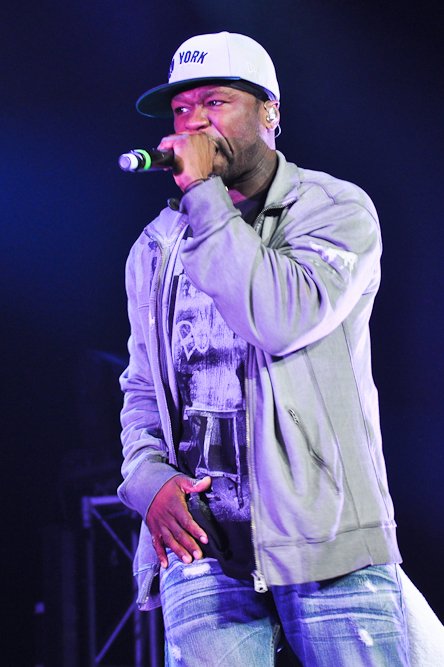
2. Never-Before-Seen Footage Shows How Narratives Are Managed
Exclusive footage of Diddy in private settings and in the tense days around his legal troubles reveals how carefully celebrity narratives are shaped, even in crisis.
Viewers can learn to question polished statements and recognize that what looks spontaneous in public is often the result of strategy, damage control, and legal calculation.
3. Survivors’ Stories Highlight Patterns of Abuse and Silence
Interviews with alleged victims, former staff, and industry insiders describe patterns of control, fear, and emotional or physical harm that were long whispered about but rarely aired in this detail. Their stories underline how difficult it is to speak out against a powerful figure, teaching viewers why many survivors delay disclosure and why consistent patterns across multiple accounts matter.
4. 50 Cent’s Approach Shows Storytelling as a Tool for Accountability
As executive producer, 50 Cent uses his reputation and platform to push a project that leans into uncomfortable truths rather than protecting industry relationships. The series demonstrates how documentary storytelling can challenge established power structures, elevate marginalized voices, and pressure institutions to respond when traditional systems have failed.
5. The Cultural Backlash Reveals How Society Handles Celebrity Accountability
Reactions to the doc—ranging from people calling it necessary and brave to others dismissing it as a vendetta or smear campaign—expose how emotionally invested audiences can be in defending or condemning a famous figure. Watching that debate unfold helps viewers see how fandom, nostalgia, and bias influence who is believed, and why conversations about “cancel culture” often mask deeper questions about justice and who is considered too powerful to fall.
Entertainment
South Park’s Christmas Episode Delivers the Antichrist

A new Christmas-themed episode of South Park is scheduled to air with a central plot in which Satan is depicted as preparing for the birth of an Antichrist figure. The premise extends a season-long narrative arc that has involved Satan, Donald Trump, and apocalyptic rhetoric, positioning this holiday episode as a culmination of those storylines rather than a stand‑alone concept.
Episode premise and season context
According to published synopses and entertainment coverage, the episode frames the Antichrist as part of a fictional storyline that blends religious symbolism with commentary on politics, media, and cultural fear. This follows earlier Season 28 episodes that introduced ideas about Trump fathering an Antichrist child and tech billionaire Peter Thiel obsessing over prophecy and end‑times narratives. The Christmas setting is presented as a contrast to the darker themes, reflecting the series’ pattern of pairing holiday imagery with controversial subject matter.
Public and political reactions
Coverage notes that some figures connected to Donald Trump’s political orbit have criticized the season’s portrayal of Trump and his allies, describing the show as relying on shock tactics rather than substantive critique. Commentators highlight that these objections are directed more at the depiction of real political figures and the show’s tone than at the specific theology of the Antichrist storyline.
At the time of reporting, there have not been widely reported, detailed statements from major religious leaders focused solely on this Christmas episode, though religion-focused criticism of South Park in general has a long history.
Media and cultural commentary
Entertainment outlets such as The Hollywood Reporter, Entertainment Weekly, Forbes, Slate, and USA Today describe the Antichrist arc as part of South Park’s ongoing use of Trump-era and tech-world politics as material for satire.
Viewer guidance and content advisory
South Park is rated TV‑MA and is intended for adult audiences due to strong language, explicit themes, and frequent use of religious and political satire. Viewers who are sensitive to depictions of Satan, the Antichrist, or parodies involving real political figures may find this episode particularly objectionable, while others may view it as consistent with the show’s long‑running approach to controversial topics. As with previous episodes, individual responses are likely to vary widely, and the episode is best understood as part of an ongoing satirical series rather than a factual or theological statement.
Entertainment
Sydney Sweeney Finally Confronts the Plastic Surgery Rumors

Sydney Sweeney has decided she is finished watching strangers on the internet treat her face like a forensic project. After years of side‑by‑side screenshots, “then vs now” TikToks, and long comment threads wondering what work she has supposedly had done, the actor is now addressing the plastic surgery rumors directly—and using them to say something larger about how women are looked at in Hollywood and online.

Growing Up on Camera vs. “Before and After” Culture
Sweeney points out that people are often mistaking normal changes for procedures: she grew up on camera, her roles now come with big‑budget glam teams, and her body has shifted as she has trained, aged, and worked nonstop. Yet every new red‑carpet photo gets folded into a narrative that assumes surgeons, not time, are responsible. Rather than walking through a checklist of what is “real,” she emphasizes how bizarre it is that internet detectives comb through pores, noses, and jawlines as if they are owed an explanation for every contour of a woman’s face.
The Real Problem Isn’t Her Face
By speaking up, Sweeney is redirecting the conversation away from her features and toward the culture that obsesses over them.
She argues that the real issue isn’t whether an actress has had work done, but why audiences feel so entitled to dissect her body as public property in the first place.
For her, the constant speculation is less about curiosity and more about control—another way to tell women what they should look like and punish them when they do not fit. In calling out that dynamic, Sweeney isn’t just defending herself; she is forcing fans and followers to ask why tearing apart someone else’s appearance has become such a popular form of entertainment.

 Entertainment2 weeks ago
Entertainment2 weeks agoWicked Sequel Disappoints Fans: Audience Verdict on For Good

 News3 weeks ago
News3 weeks agoYolanda Adams Questions Traditional Views on God’s Gender, Audience Reacts

 Entertainment2 weeks ago
Entertainment2 weeks agoAriana & Cynthia Say They’re in a ‘Non‑Demi Curious, Semi‑Binary’ Relationship… WTF Does That Even Mean?

 News3 weeks ago
News3 weeks agoEpstein Files to Be Declassified After Trump Order

 News4 weeks ago
News4 weeks agoTrump Throws Epstein Files at Clinton’s Door

 Entertainment4 weeks ago
Entertainment4 weeks agoAriana Grande’s Red Carpet: When Fans Forget Boundaries

 Entertainment4 weeks ago
Entertainment4 weeks agoKim Kardashian Reportedly Scammed by Psychic Before Failing Bar Exam

 Entertainment3 weeks ago
Entertainment3 weeks agoHollywood’s Kiss or Miss Policy: Why Saying No Got Neal McDonough Blackballed





